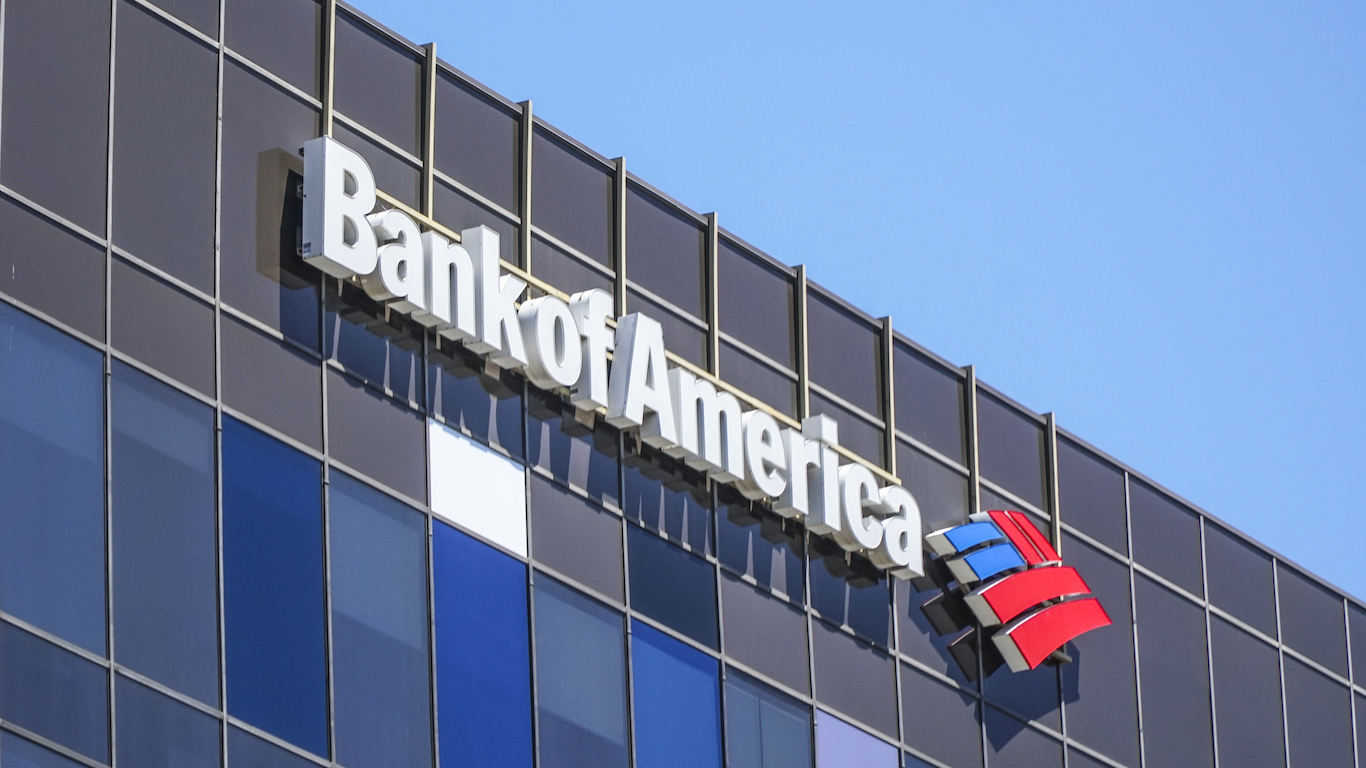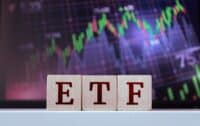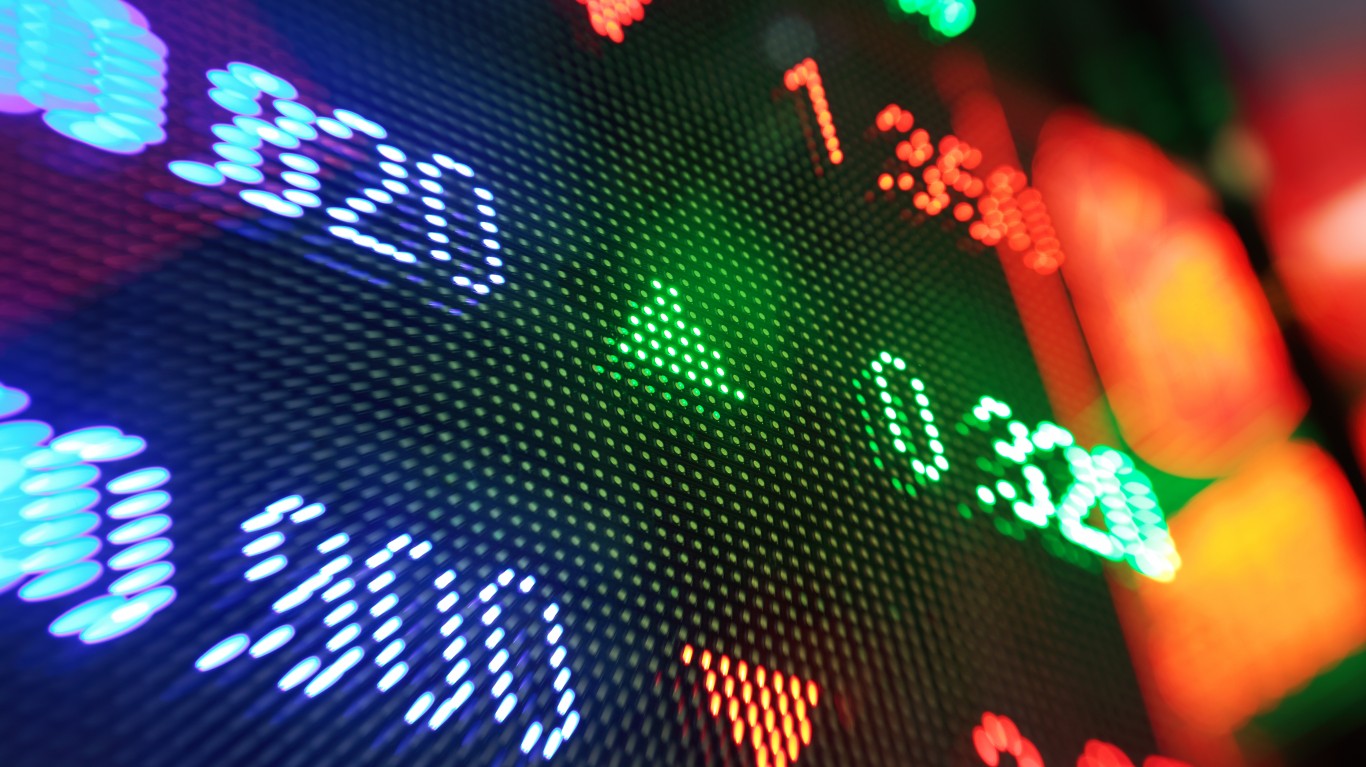 If you want proof that the emerging market BRIC trade strategy of Brazil, Russia, India and China is less and less opportunistic now, what does it tell you when a credit rating agency downgrades one of the nations? Standard & Poor’s has now downgraded the nation of Brazil’s long-term credit ratings.
If you want proof that the emerging market BRIC trade strategy of Brazil, Russia, India and China is less and less opportunistic now, what does it tell you when a credit rating agency downgrades one of the nations? Standard & Poor’s has now downgraded the nation of Brazil’s long-term credit ratings.
Brazil’s long-term currency rating was downgraded to “BBB-” from “BBB.” The foreign currency short-term rating was cut to A-3 from A-2. Brazil’s local currency long-term rating was cut to “BBB+” from “A-” in the call. Monday’s credit rating downgrade now removes Brazil from negative credit watch to a “Stable” outlook.
S&P cited mixed government policies and a subdued outlook for the next two years as a continued weight on the nation. The downgrade also hints at fiscal slippage and prospects that the nation’s execution on fiscal goals being a risk.
It might not be safe to assume that a resumption of GDP growth is coming back strong. S&P expects that low growth in Brazil is likely to persist over the next several years – with real GDP expanding by only 1.8% in 2014 and then by only 2% in 2015.
The iShares MSCI Brazil Capped (NYSEMKT: EWZ) rose by 1.2% on Monday to $42.16, but this is indicated lower after the downgrade. Keep in mind that this key ETF traded under $39 for a very brief period less than two weeks ago.
As a reminder, when a nation is downgraded it generally implies that it lowers the ratings of entities and companies underneath it. Petroleo Brasileiro S.A. (NYSE: PBR), or Petrobras, is the state-controlled oil and gas giant. Petrobras has burned many investors on the other side of the Americas, largely because its capital structure is set up to take care of common shareholders further down the road – the Brazilian taxpayers (or consumers), its employees and workforce, and its preferred shares all come first. That leaves very little room for Petrobras’ common shareholders. Petrobras shares rose over 3% to $11.97 on Monday, but the stock’s after-hours market reaction to the S&P downgrade of Brazil had shares down 1% or more from the close. Petrobras ADRs closed all the way down at $10.27 just a week earlier.
Are You Still Paying With a Debit Card?
The average American spends $17,274 on debit cards a year, and it’s a HUGE mistake. First, debit cards don’t have the same fraud protections as credit cards. Once your money is gone, it’s gone. But more importantly you can actually get something back from this spending every time you swipe.
Issuers are handing out wild bonuses right now. With some you can earn up to 5% back on every purchase. That’s like getting a 5% discount on everything you buy!
Our top pick is kind of hard to imagine. Not only does it pay up to 5% back, it also includes a $200 cash back reward in the first six months, a 0% intro APR, and…. $0 annual fee. It’s quite literally free money for any one that uses a card regularly. Click here to learn more!
Flywheel Publishing has partnered with CardRatings to provide coverage of credit card products. Flywheel Publishing and CardRatings may receive a commission from card issuers.
Thank you for reading! Have some feedback for us?
Contact the 24/7 Wall St. editorial team.





